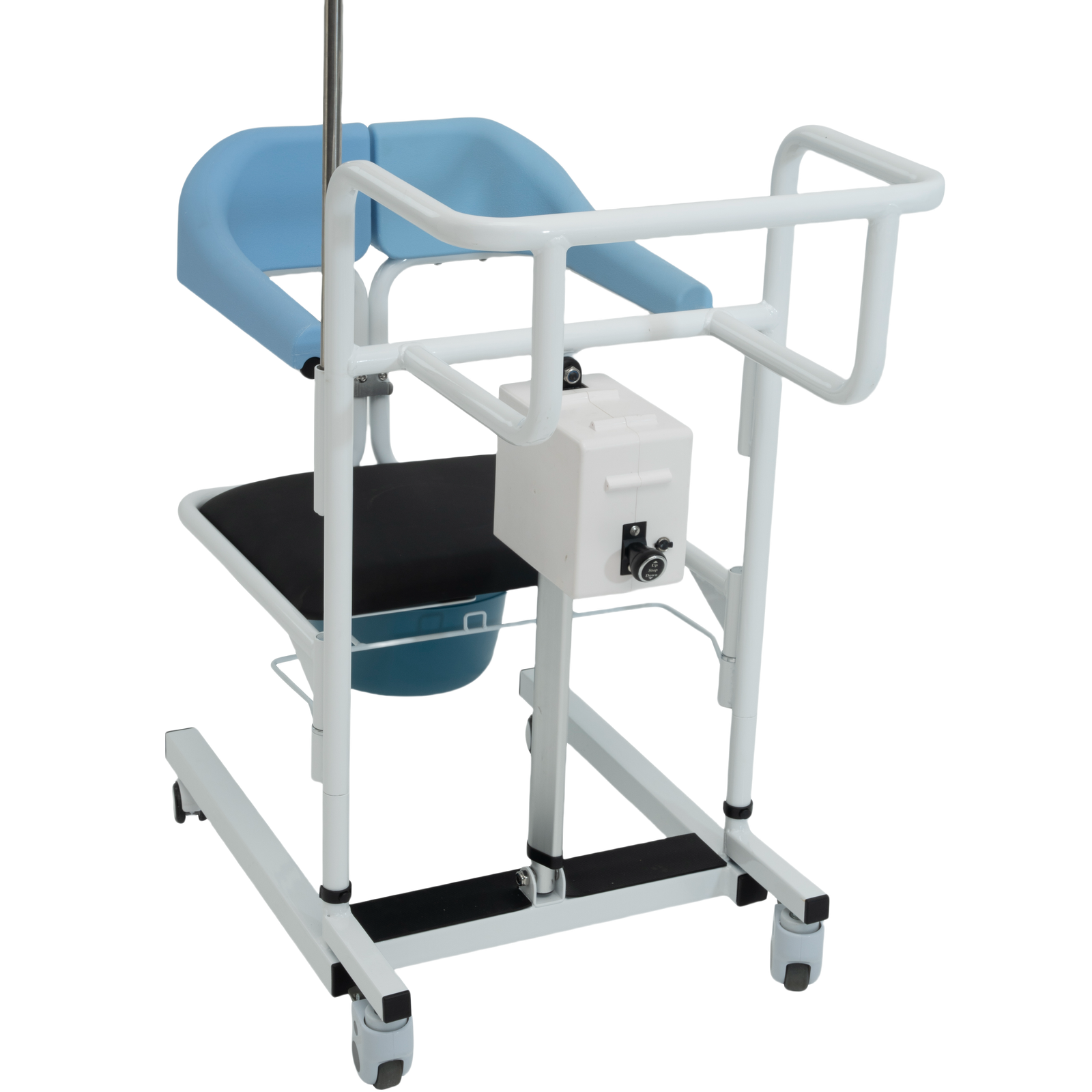
Here are some recent English news articles and reports on assistive tools for people with disabilities:
1. Innovative Assistive Technologies Transforming Lives of People with Disabilities
Source: [World Health Organization (WHO)]
(https://www.who.int/news-room/feature-stories/detail/innovative-assistive-technologies-transforming-lives-of-people-with-disabilities)
Published:October 15, 2024
The World Health Organization (WHO) recently highlighted the transformative impact of innovative assistive technologies on the lives of people with disabilities.
The report emphasizes the importance of affordable and accessible assistive products, such as wheelchairs, prosthetics, and hearing aids,
in enabling people with disabilities to lead independent and productive lives.
The WHO also launched a new initiative to increase access to high-quality, affordable assistive products in low- and middle-income countries.
This initiative aims to address the significant gap in access to assistive technologies, which affects millions of people worldwide.
2. China Develops Advanced Prosthetic Limbs for Enhanced Mobility
Source: [China Daily](https://www.chinadaily.com.cn/a/202411/20/WS64c1f9b4a310f1265a1d5b39.html)
Published: November 20, 2024
China has made significant advancements in the development of prosthetic limbs, with a focus on enhancing
mobility and improving the quality of life for amputees. Researchers at the Beijing Institute of Technology have developed a new type of prosthetic leg
that uses advanced sensors and artificial intelligence to mimic natural walking patterns.
The prosthetic leg is equipped with sensors that detect the user’s movements and adjust the leg’s position in real-time, providing a more natural and comfortable
walking experience. The technology is currently being tested in clinical trials and has shown promising results.
3. Smart Glasses Help the Visually Impaired Navigate the World
Source: [TechCrunch](https://techcrunch.com/2024/09/15/smart-glasses-help-the-visually-impaired-navigate-the-world/)
Published: September 15, 2024
A new pair of smart glasses is revolutionizing the way visually impaired people navigate the world.
Developed by a team of engineers at the University of Oxford, these glasses use a combination of cameras, sensors,
and AI algorithms to provide real-time feedback to the user.
The glasses can identify obstacles, read text, and even recognize faces, providing users with a more independent
and confident way to interact with their environment. The technology is still in the early stages of development,
but it has already shown great potential in improving the quality of life for visually impaired individuals.
4. Assistive Technology in Education: Empowering Students with Disabilities
Source: [The Guardian](https://www.theguardian.com/education/2024/oct/05/assistive-technology-in-education-empowering-students-with-disabilities)
Published: October 5, 2024
The article discusses the role of assistive technology in education and its impact on students with disabilities.
From screen readers and speech-to-text software to specialized keyboards and adaptive learning platforms,
assistive technologies are helping students with disabilities overcome barriers to learning and achieve their full potential.
The article highlights the importance of inclusive education and the need for schools to provide access to a wide range
of assistive technologies to support students with diverse needs.
It also emphasizes the role of teachers and parents in ensuring that students with disabilities have the tools and support they need to succeed.
5. The Rise of Wearable Assistive Devices
Source: [Forbes](https://www.forbes.com/sites/forbestechcouncil/2024/08/20/the-rise-of-wearable-assistive-devices/)
Published: August 20, 2024
The article explores the growing trend of wearable assistive devices and their potential to transform the lives of people with disabilities.
From smartwatches and fitness trackers to exoskeletons and smart clothing, wearable technologies are providing new ways for people
with disabilities to monitor their health, communicate, and interact with their environment.
The article discusses the challenges and opportunities in the development of wearable assistive devices,
including the need for user-centered design, affordability, and accessibility. It also highlights the potential of these technologies
to improve the quality of life for people with disabilities and promote greater inclusion in society.
6. China’s Efforts to Improve Accessibility for People with Disabilities
Source: [Xinhua](http://www.xinhuanet.com/english/2024-07/15/c_138222821.htm)
Published: July 15, 2024
China has been making significant efforts to improve accessibility for people with disabilities,
including the development of assistive technologies and the implementation of inclusive policies.
The government has launched several initiatives to promote the use of assistive technologies in education, employment, and daily life.
For example, the Ministry of Industry and Information Technology has developed a range of assistive technologies,
including hearing aids, speech recognition software, and mobility aids, to support people with disabilities.
The article emphasizes the importance of collaboration between the government, industry, and civil society to create a more inclusive
and accessible society for people with disabilities.
These articles provide a comprehensive overview of the latest developments in assistive technologies
for people with disabilities and the efforts being made to improve accessibility and inclusion.

